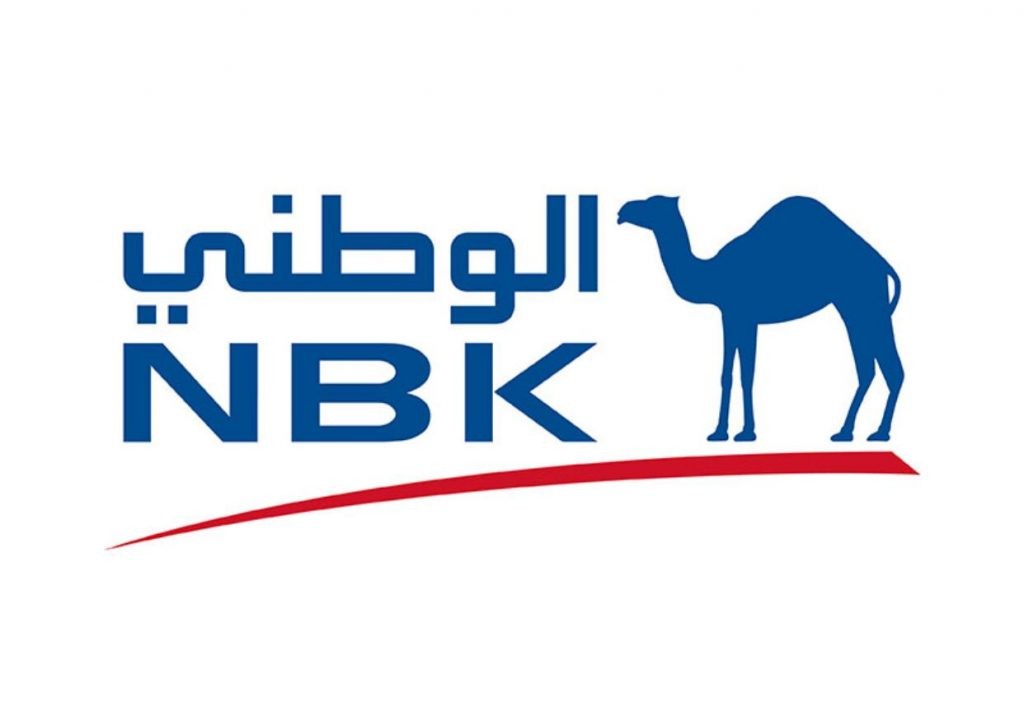13/10/2020
13/10/2020
The economy is undergoing a partial recovery from the virus-linked lockdowns, though low oil prices and stubbornly high virus cases are tempering hopes of a stronger rebound. Non-oil growth could reach 3 percent in 2021 then ease slightly amid consolidation measures to reduce the fiscal deficit. We expect the government’s near-term liquidity challenge to be overcome but reform of the public finances has become vital to reduce vulnerabilities and stem the drain on public funds. On the upside, fiscal pressures and sluggish economic growth could trigger a faster pace of reform in the post election period.- Report prepared by NBK

The economy is undergoing a partial recovery from the virus-linked lockdowns and business closures triggered in March. While most of these restrictions had been lifted by mid-August and some economic indicators had rebounded, a combination of stubbornly high virus cases, low oil prices, the fading of temporary policy support measures (particularly debt repayment deferrals) and worries over the government’s deficit-financing abilities are tempering hopes of a strong recovery.
After an expected 4 percent drop this year, non-oil GDP is seen rising 3 percent in 2021 and slightly less thereafter as growth conditions normalize and fiscal consolidation measures are pushed through to reduce the deficit. As well as tackling the budget, the new Parliament (elections are scheduled for November or December 2020) is likely to make gradual progress on reforms underpinning the Vision 2035 program to improve the business climate and diversify the economy.
Oil output was cut to a 16-year low of 2.09 million b/d in June due to OPEC policy, but has since edged up and is projected to rise further next year in line with OPEC’s quota schedule.
Alongside rising crude output, oil sector GDP (under its broad definition) should get an additional boost in 2021-23 from extra output of refined products as the Clean Fuels and Al Zour refinery projects come o nstream, which once complete will see refining capacity almost double.
State oil company Kuwait Petroleum Company also faces austerity measures, seeking cuts of 25 percent or KD 7 billion to its five-year capital spending budget. However these cuts will not be an impediment to a recovery in oil output given the spare capacity created by recent cuts. Oil GDP could rise 1 percent in 2021 then average 6-7 percent in 2022-23, pushing total GDP growth from 2 percent in 2021 to nearly 5 percent in 2022 and 2023.
Deficit
financing The challenge of addressing the fiscal deficit has become more acute following the drop in oil prices since March. The deficit is seen rising to 33 percent of GDP in FY20/21, from 9.5 percent of GDP last year, before narrowing to 10 percent of GDP by FY23/24 assuming that spending is trimmed by around 10 percent and that oil prices stabilize at around $55/bbl. Our assumption is that the bulk of the non-oil fiscal adjustment comes from spending cuts in the near term (5 percent per year this year and next) – especially fuel costs and capital spending. Further out, some new revenue-raising measures are expected of which excise duties (assumed in 2021) and VAT (2022) are most likely. But a more comprehensive approach to fiscal sustainability is desirable including a medium-term framework for spending, requiring a political consensus that has been tough-to-achieve so far.
Financing the deficit has become an urgent issue given the steady depletion of the General Reserve Fund (GRF), the inaccessibility of the much larger Future Generations Fund and the prohibition on issuing new debt since 2017, pending parliamentary approval.
Assuming that a debt law is approved soon and given the slowly improving deficit projection, net issuance of KD 3 billion per year from next year would push public debt up to 31 percent of GDP by FY23/24 which is still low by international standards, and sustain the GRF at much-reduced levels.
This would provide a path to longer-term sustainability, providing that serious reforms were forthcoming. Meanwhile, the external current account outlook is more robust, despite a slip into deficit this year for only the second time on record.
Inflation
Inflation remains low but has been pushed up moderately by the COVID-19 pandemic due in particular to rising food prices but also stronger ‘core’ pressures, perhaps linked to supply chain issues and a post-lockdown bounce in consumer spending. We expect these factors to ease off a little next year, softening average inflation to 1.5 percent from 1.8 percent in 2020 despite recovering economic growth.
Weaker housing rents are a downside risk to the outlook, while the possible implementation of VAT in 2022 would temporarily push inflation up. Meanwhile, credit growth stood at 4.6 percent y/y in July and has held up well given the severe disruptions to activity, supported by emergency credit lines and the debt repayment holiday.
The policy discount rate was cut by 1.25 percent, to 1.5 percent in March and could be on hold through the forecast period given recent dovish signals from the US Fed and no change in the foreign exchange regime.
Fiscal deficit
We expect the government’s near-term liquidity challenge to be overcome but nevertheless reform of the public finances has become vital to reduce vulnerabilities and stem the drain on public funds. The slow pace of economic reform and job creation are also concerns, as is the impact on business and competitiveness of labor market developments. On the upside, fiscal pressures and sluggish economic growth could trigger


